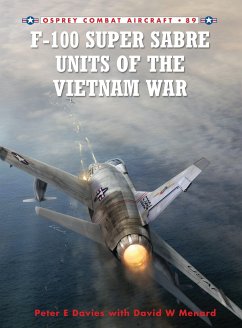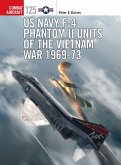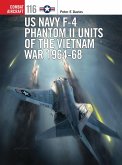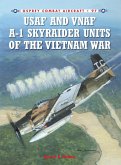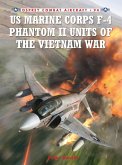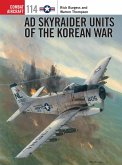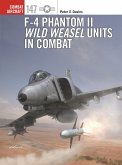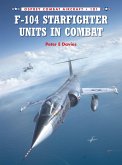Featuring first-hand accounts from the men flying it, and the men on the ground relying on it for protection, an illustrated history of the unique role played by this aircraft in the war in Vietnam, right up to its possible role in a tactical nuclear strike and as a mobile nuclear deterrent.
Hinweis: Dieser Artikel kann nur an eine deutsche Lieferadresse ausgeliefert werden.
Hinweis: Dieser Artikel kann nur an eine deutsche Lieferadresse ausgeliefert werden.

